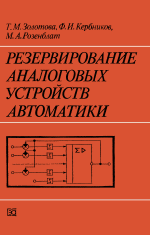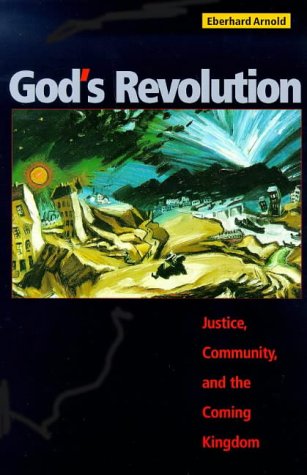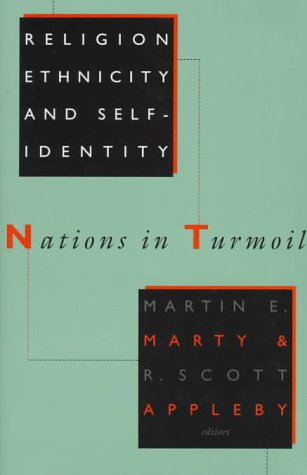- 2 402 202 книги
- Поиск
libcats.org










Conventional Wisdom: The Content of Musical Form (Ernest Bloch Lectures)
Susan McClaryDuring an analysis of a Stradella aria, McClary discusses how the music which starts in a sunny mood (in a major key) moves to a relative minor, and it's as if a cloud has passed overhead. She shows how this modest but effective narrative, dramatic device eventually became a convention (modulation to the relative major or minor) that was so widely used, the dramatic roots became obscured and this modulation began to be taught as a purely "formal" device.
Time and again, McClary shows that "form" is not something that is necessarily dry and intellectual, but rather something that serves a very particular purpose, rooted in the needs and desires of society, though often invisible to that society. By bringing to light the conventions that are integral to the work, her analyses offer as many insights into the audiences of their day as they do into the compositional mechanics of the works themselves.
Speaking as a classical composer and a performer, I found it inspiring the extent that this book brings music to life. That her analytical methods work as well with Bessie Smith and Prince as they do with Vivaldi and late Beethoven string quartets is a strong plus. Let's live in the whole world of music!
I think we have here what will be a highly influential book, or at the least, part of a highly influential and fruitful new trend in musicology. I'm recommending it to all my composer and performer associates, particularly those of a more analytical bent.
It's not always the easiest read. I'd rate it at a "college" (but not necessarily "graduate college") level as opposed to being directed to a more popular audience. Lot's of interesting footnotes and citations. But much will be accessible to music lovers with only a little formal musical training. I think having some ability to read music would help (especially if one does not have access to recordings of the works she analyzes).
Time and again, McClary shows that "form" is not something that is necessarily dry and intellectual, but rather something that serves a very particular purpose, rooted in the needs and desires of society, though often invisible to that society. By bringing to light the conventions that are integral to the work, her analyses offer as many insights into the audiences of their day as they do into the compositional mechanics of the works themselves.
Speaking as a classical composer and a performer, I found it inspiring the extent that this book brings music to life. That her analytical methods work as well with Bessie Smith and Prince as they do with Vivaldi and late Beethoven string quartets is a strong plus. Let's live in the whole world of music!
I think we have here what will be a highly influential book, or at the least, part of a highly influential and fruitful new trend in musicology. I'm recommending it to all my composer and performer associates, particularly those of a more analytical bent.
It's not always the easiest read. I'd rate it at a "college" (but not necessarily "graduate college") level as opposed to being directed to a more popular audience. Lot's of interesting footnotes and citations. But much will be accessible to music lovers with only a little formal musical training. I think having some ability to read music would help (especially if one does not have access to recordings of the works she analyzes).
Популярные книги за неделю:

Проектирование и строительство. Дом, квартира, сад
Автор: Петер Нойферт, Автор: Людвиг Нефф
Размер книги: 20.83 Mb

Система упражнений по развитию способностей человека (Практическое пособие)
Автор: Петров Аркадий НаумовичКатегория: Путь к себе
Размер книги: 818 Kb

Сотворение мира (3-х томник)
Автор: Петров Аркадий НаумовичКатегория: Путь к себе
Размер книги: 817 Kb

Радиолюбительские схемы на ИС типа 555
Автор: Трейстер Р.Категория: Электротехника и связь
Размер книги: 13.64 Mb
Только что пользователи скачали эти книги:

Безнадежный поход.
Автор: Субботин Денис, Автор: Косов СергейКатегория: Боевая фантастика
Размер книги: 273 Kb

Norm estimations for operator-valued functions and applications
Автор: Michael Gil
Размер книги: 1.46 Mb

Резервирование аналоговых устройств автоматики
Автор: Авторы: Т.М.Золотова, Автор: Ф.И.Кербников, Автор: М.А.Розенблат.Категория: радиоэлектроника
Размер книги: 2.11 Mb

God's Revolution: Justice, Community, and the Coming Kingdom
Автор: Eberhard Arnold
Размер книги: 559 Kb

Religion, Ethnicity, and Self-Identity: Nations in Turmoil
Автор: Martin E. Marty, Автор: R. Scott Appleby
Размер книги: 310 Kb

Handbook on Architectures of Information Systems (International Handbooks on Information Systems)
Автор: Peter Bernus, Автор: Kai Mertins, Автор: Günter Schmidt
Размер книги: 16.20 Mb



